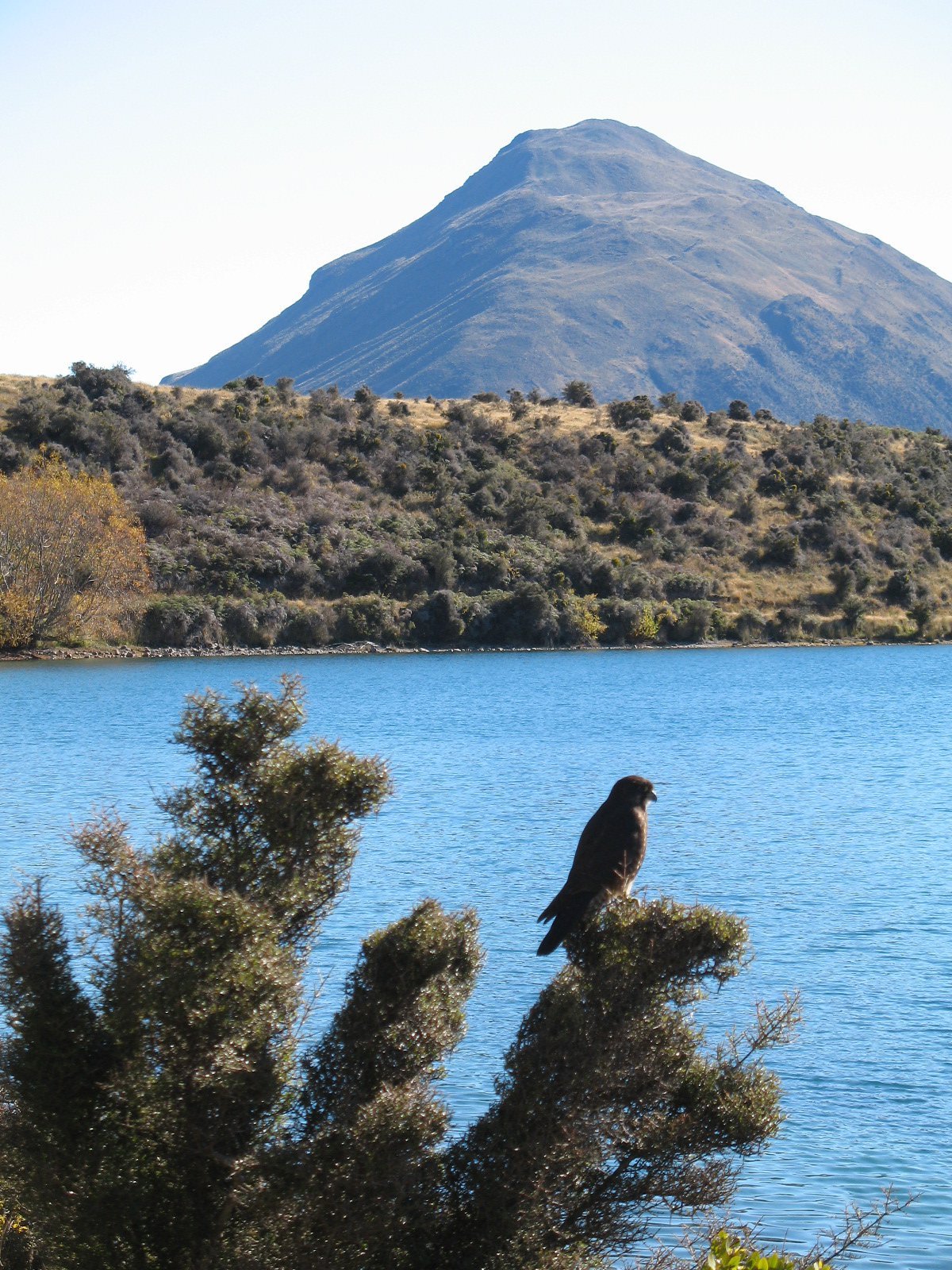
In its 20th year, the kārearea, New Zealand’s only falcon, has won the competition for the second time. Its first victory was in 2012.
The species is in serious trouble due to predation and loss of habitat.
There are three ecological forms of these endemic falcons: The small dark "bush" falcons live in forests in the North Island, south of Hamilton and extend to northwest of the South Island, as far as Greymouth.
The local "eastern" falcons are larger and paler. They live in more open habitats on the eastern side of the Southern Alps. They extend from the west to the east coast in the central South Island.
The "southern" falcons are intermediate in colour and size and live in Fiordland, Stewart Island and the Auckland Islands.
Adult male falcons are a third smaller than females. This is reverse sexual dimorphism and occurs in almost all raptor species. The weight of males varies between 240g and 350g, while females weigh between 410g and 720g. The male calling pitch is higher than the one of females. Apparently, falcons have been observed to sunbathe for up to 30 minutes in the morning with their back, being darker, facing the sun.
Vegetation clearance and land-use intensification have reduced habitat for suitable breeding. Ground nesting birds are exposed to predation by cats, hedgehogs and mustelids (stoats, weasels, ferrets).
Eggs and chicks are taken out by possums and pigs.
Uninsulated power lines are a major threat and falcons get electrocuted. Wind farms are a new threat to the species, due to collisions with rotating turbine blades. Sadly, although legally protected, birds are still being shot because they are known to attack domestic pigeons.
New Zealand falcons have a long breeding season which spans from August until March. They nest by scraping the ground or alternatively find sites in epiphytes of emergent trees in native forest.
A nest may contain two to four eggs, with three being most common. Most of the incubation of the eggs is done by the female, while the male is out hunting, providing prey. They are incredibly aggressive against intruders to the nest.
Avian prey includes blackbirds, finches, larks, pipits, silvereyes, thrushes and yellowhammers.
Here is a hint on how to tell the difference between falcon and harrier hawk while they are soaring: the wing of the falcon remains flat for a short time, whereas hawks hold their wings in shallow "V" for longer periods.
We enjoy hearing and seeing them occasionally soaring in the area. They are also known to visit open country further east. Observing them feasting on feral pigeons in Talbot Forest Scenic Reserve is another aspect and a welcome way to reduce the feral pigeon population.
They are a common sight at Kakahu Bush. At one stage there was an encounter with a drone. Luckily, there was no collision, but the anxiety levels of the observers may have been soaring.
While tramping in Lees Valley one time, we were able to witness a spectacular chase. A falcon at great height descended vertically on a harrier hawk with such speed it was all over at a blink of an eye.
There was an enormous kerfuffle and shortly after both birds flew away in different directions. No doubt the harrier hawk would have had a fright.
I wonder whether the latest metalbird creation, the kārearea would keep rabbits, hares and pukeko out of the garden?
■ Ines Stager is a landscape architect based in Geraldine, and a committee member of the local branch of the Royal Forest & Bird Protection Society.












